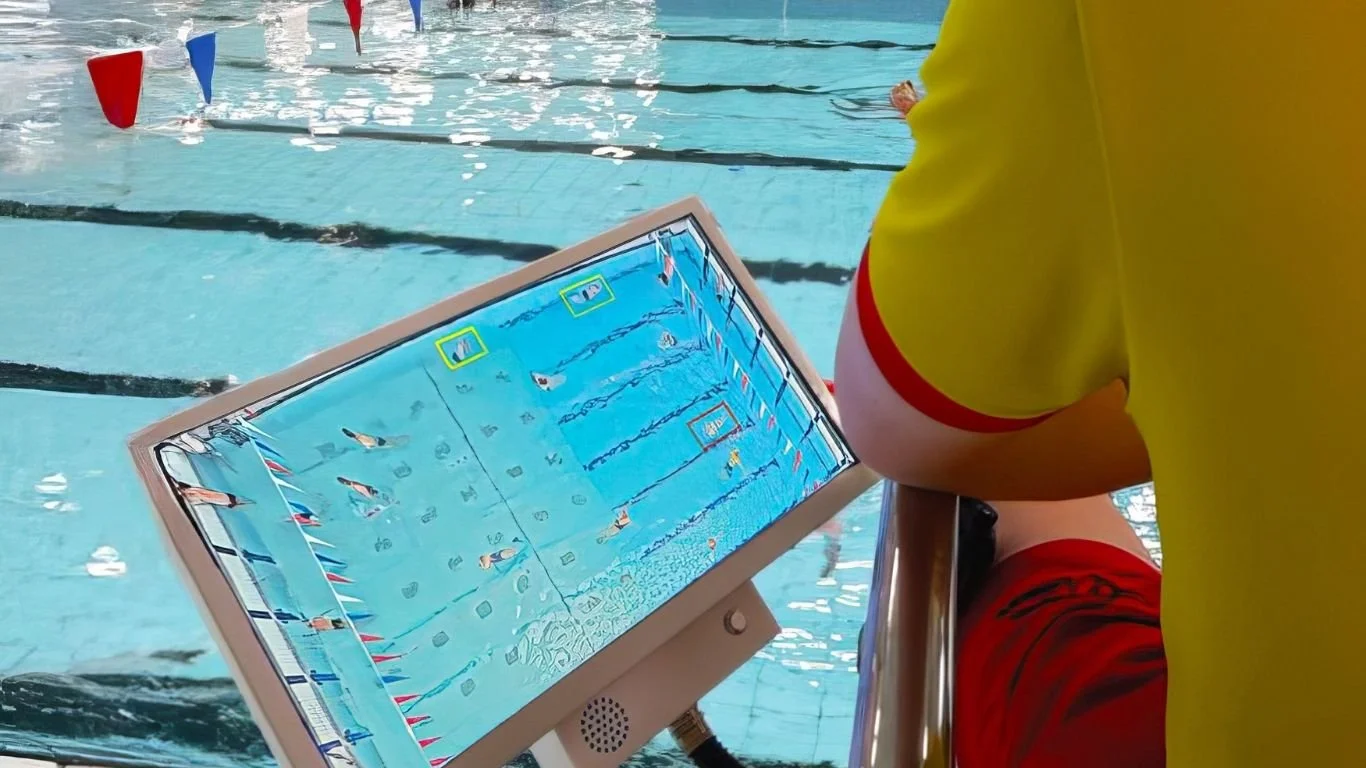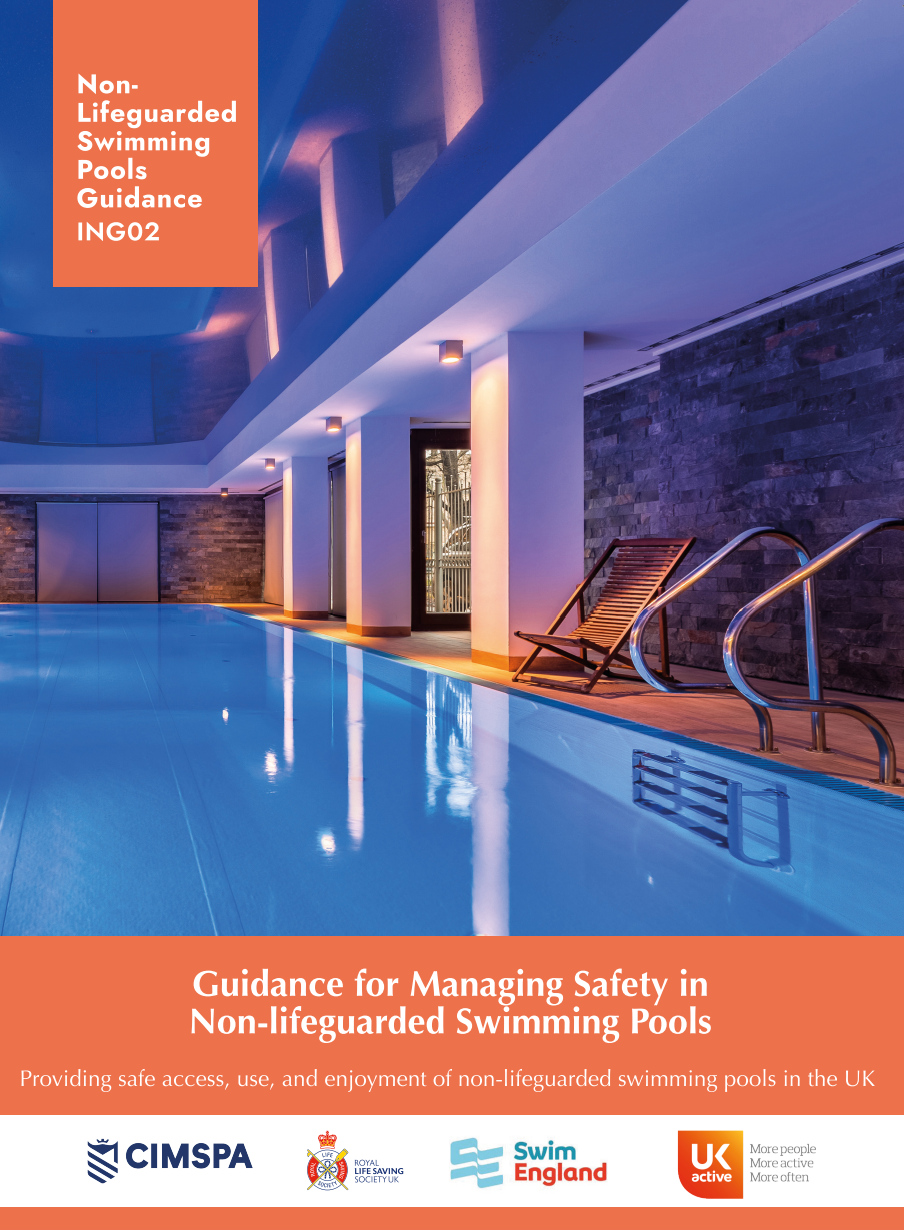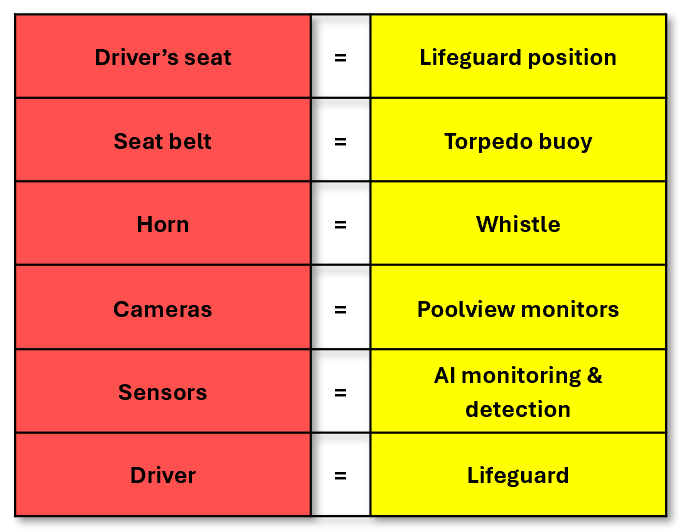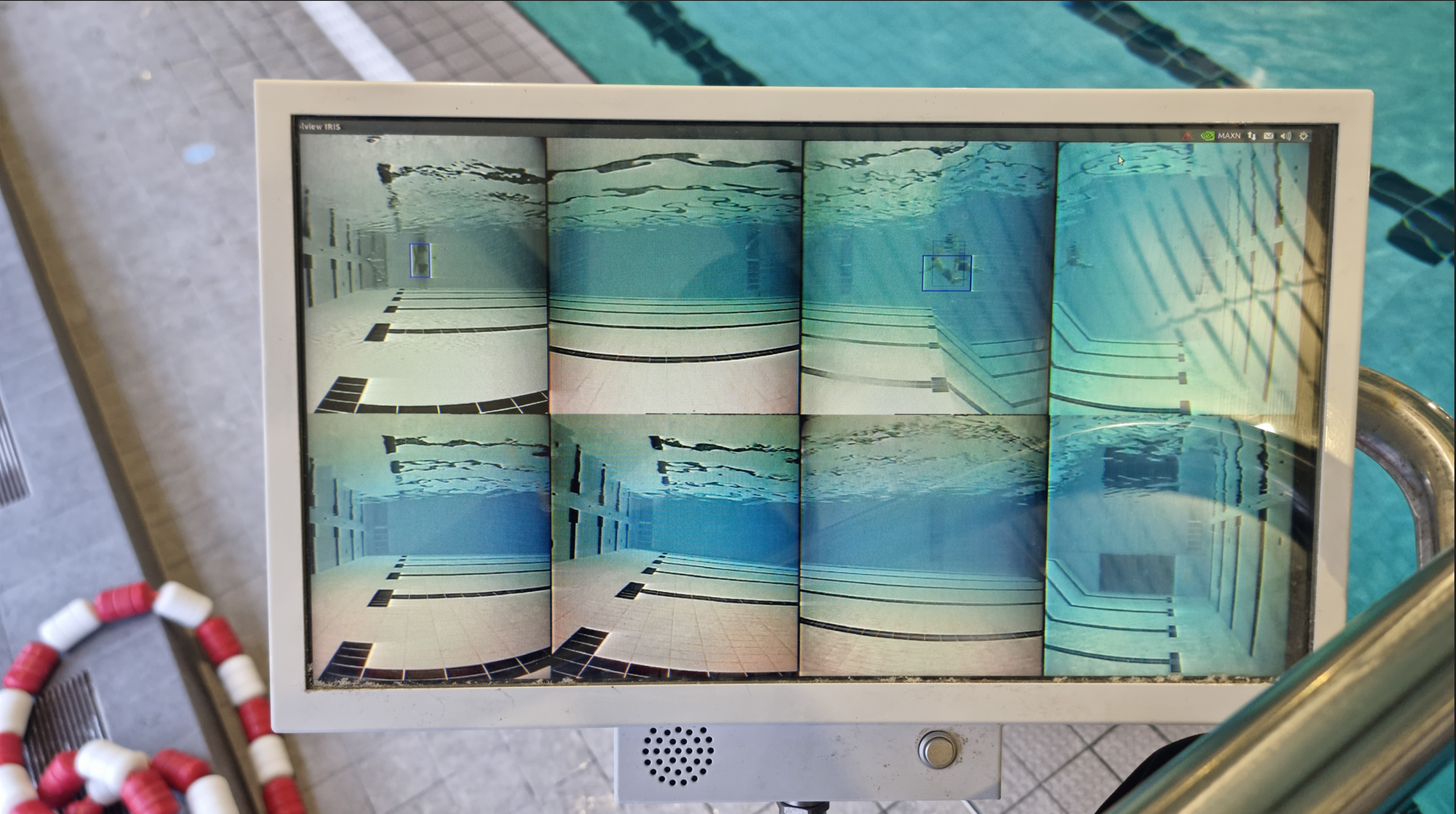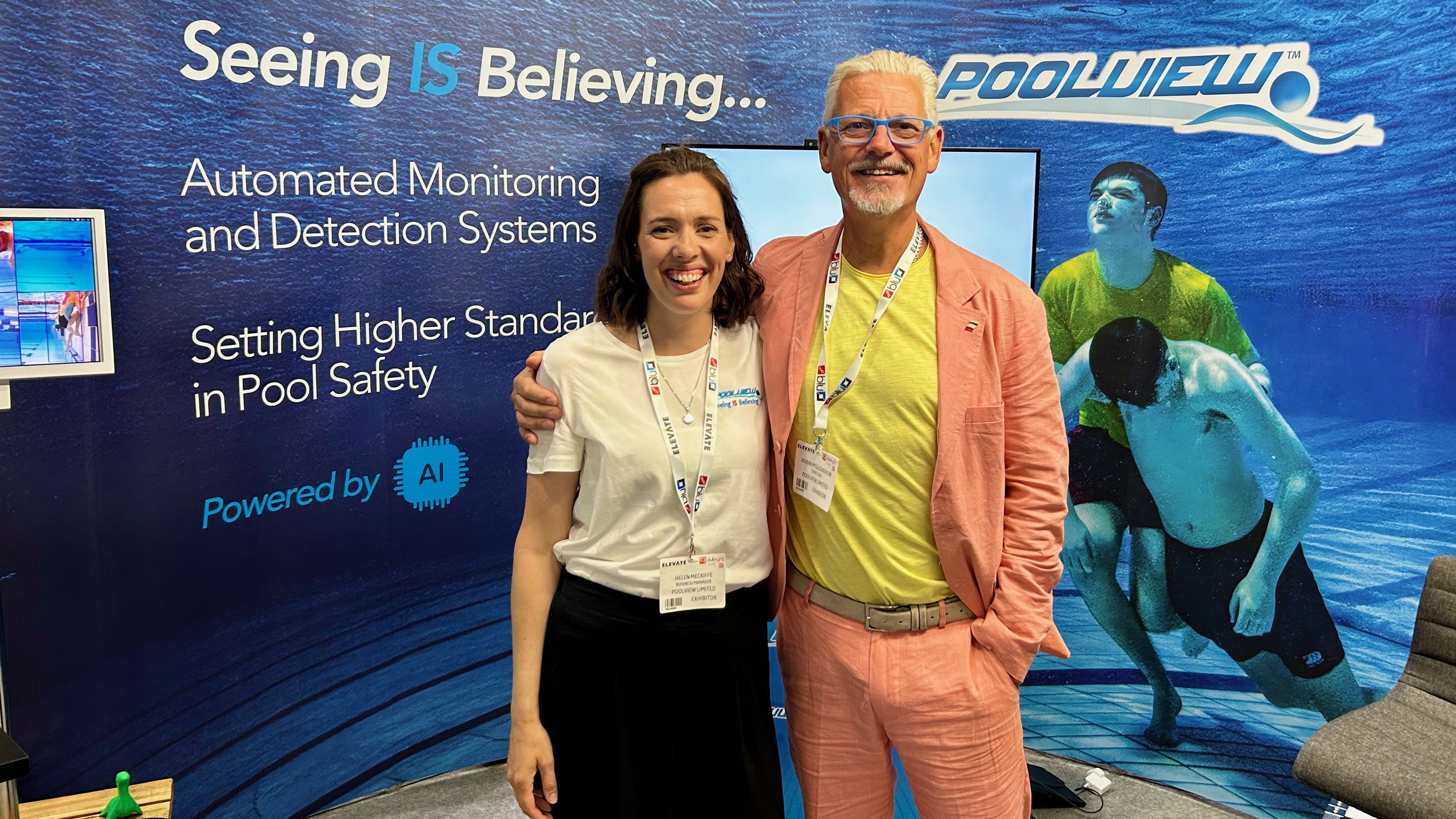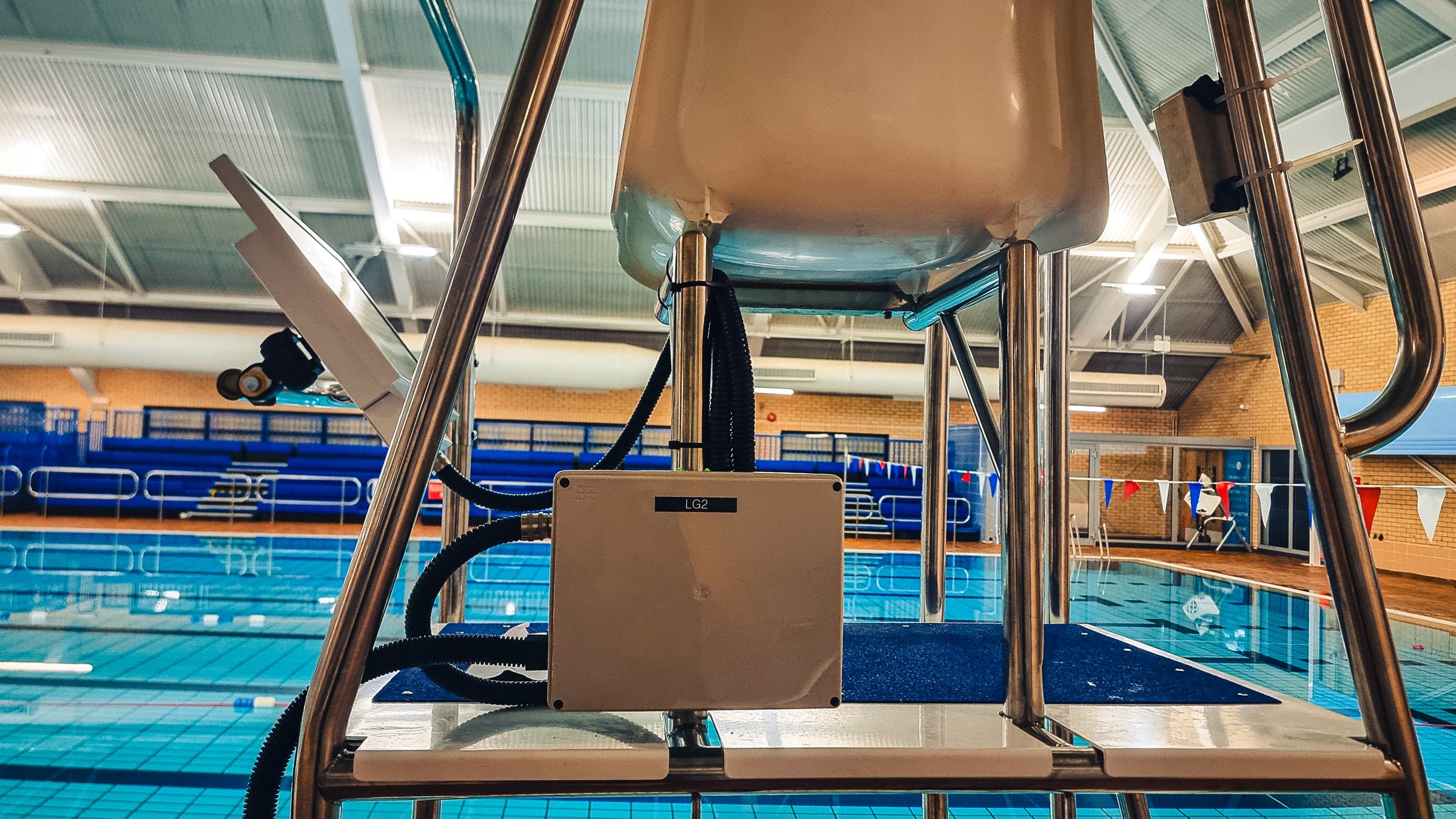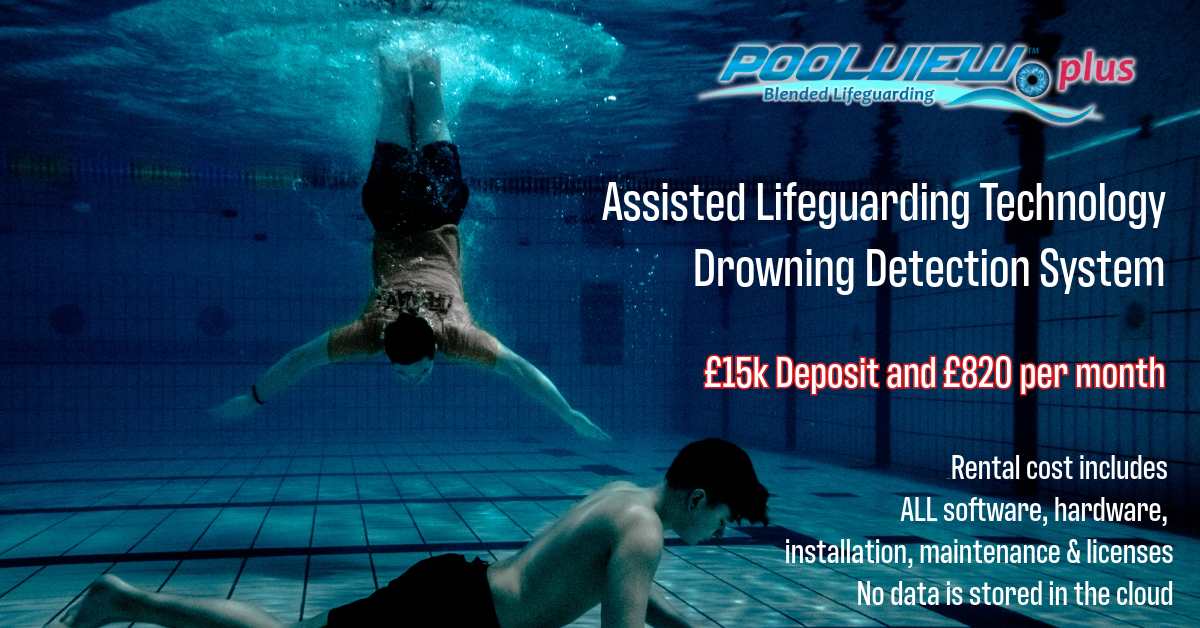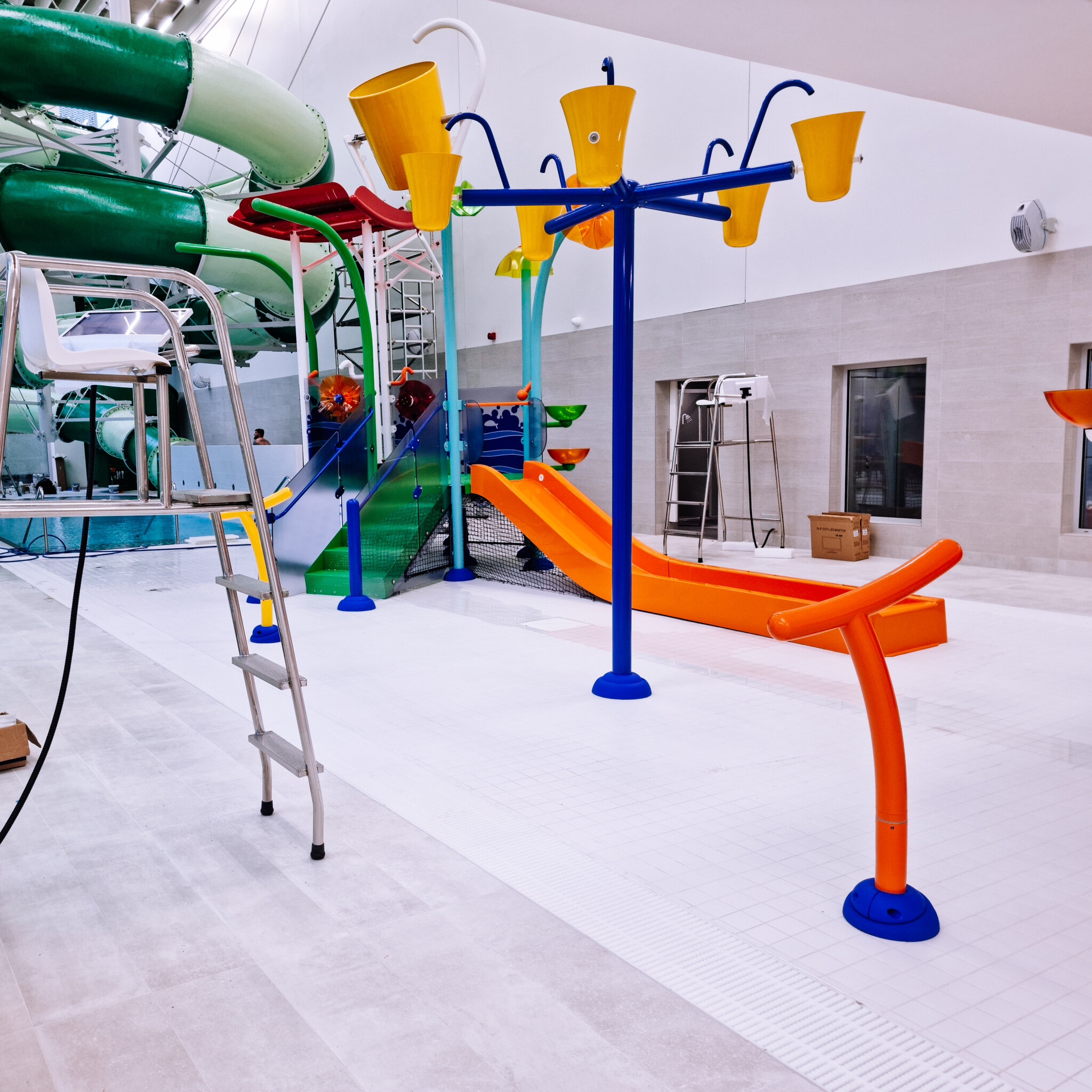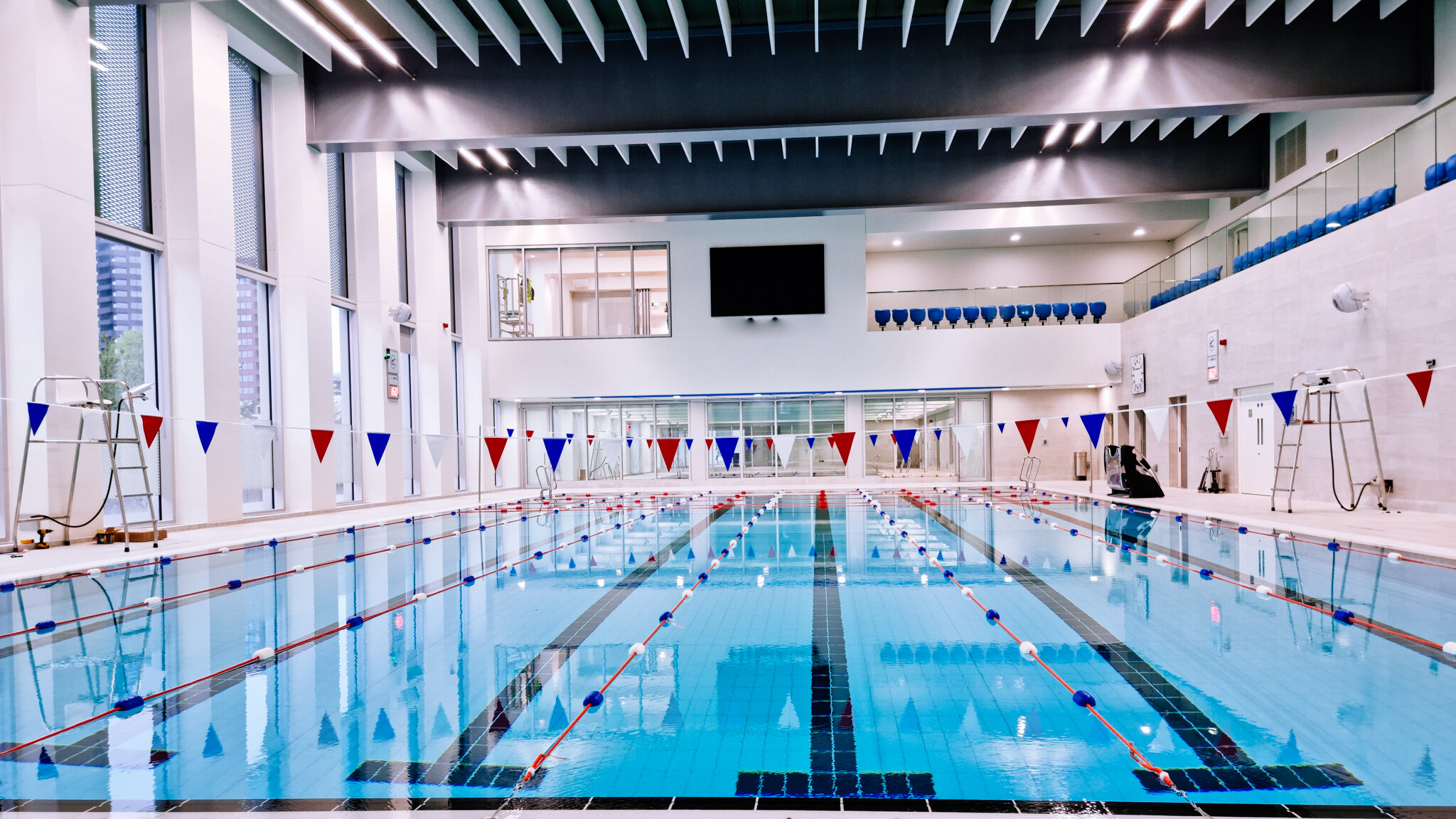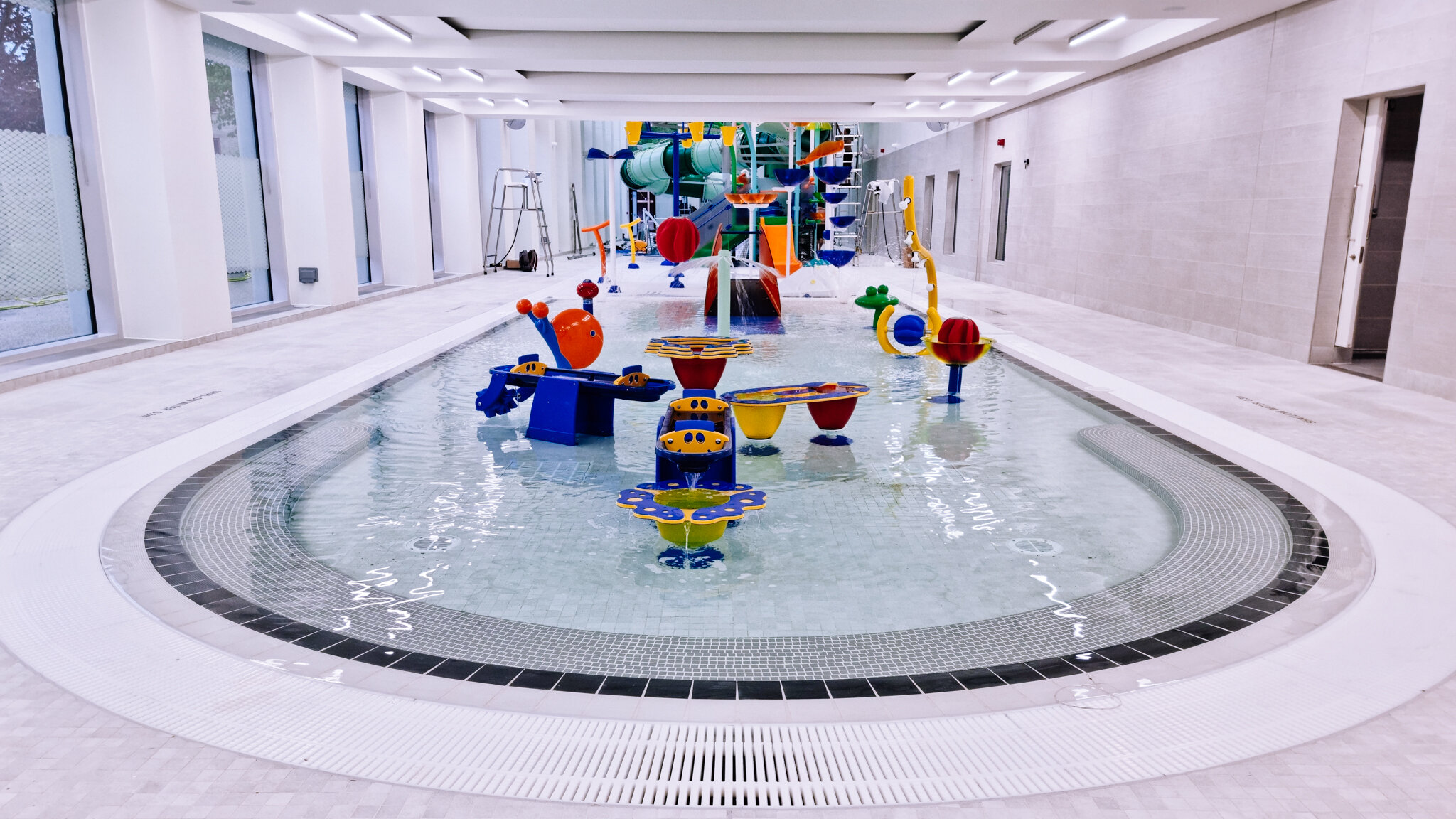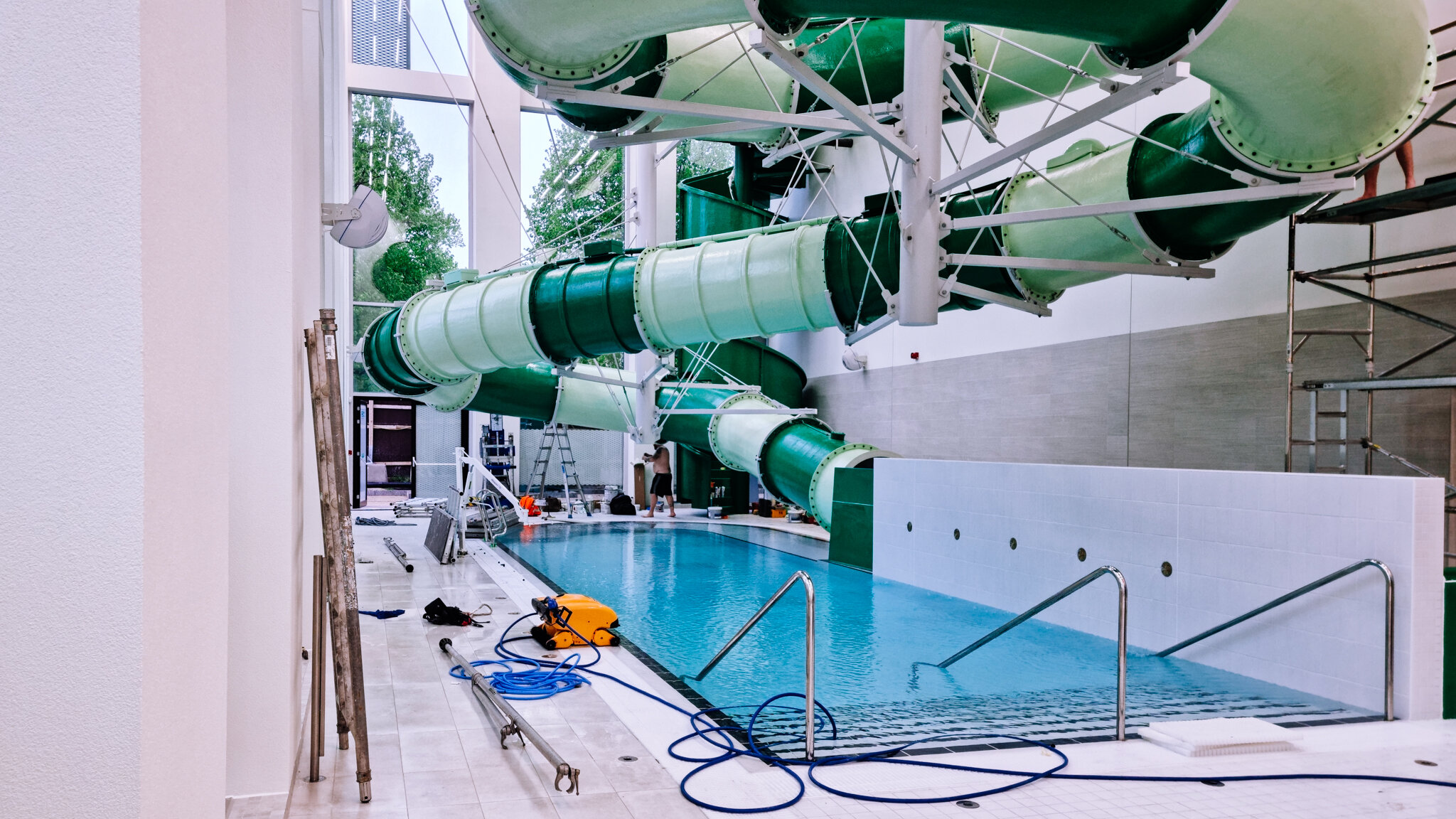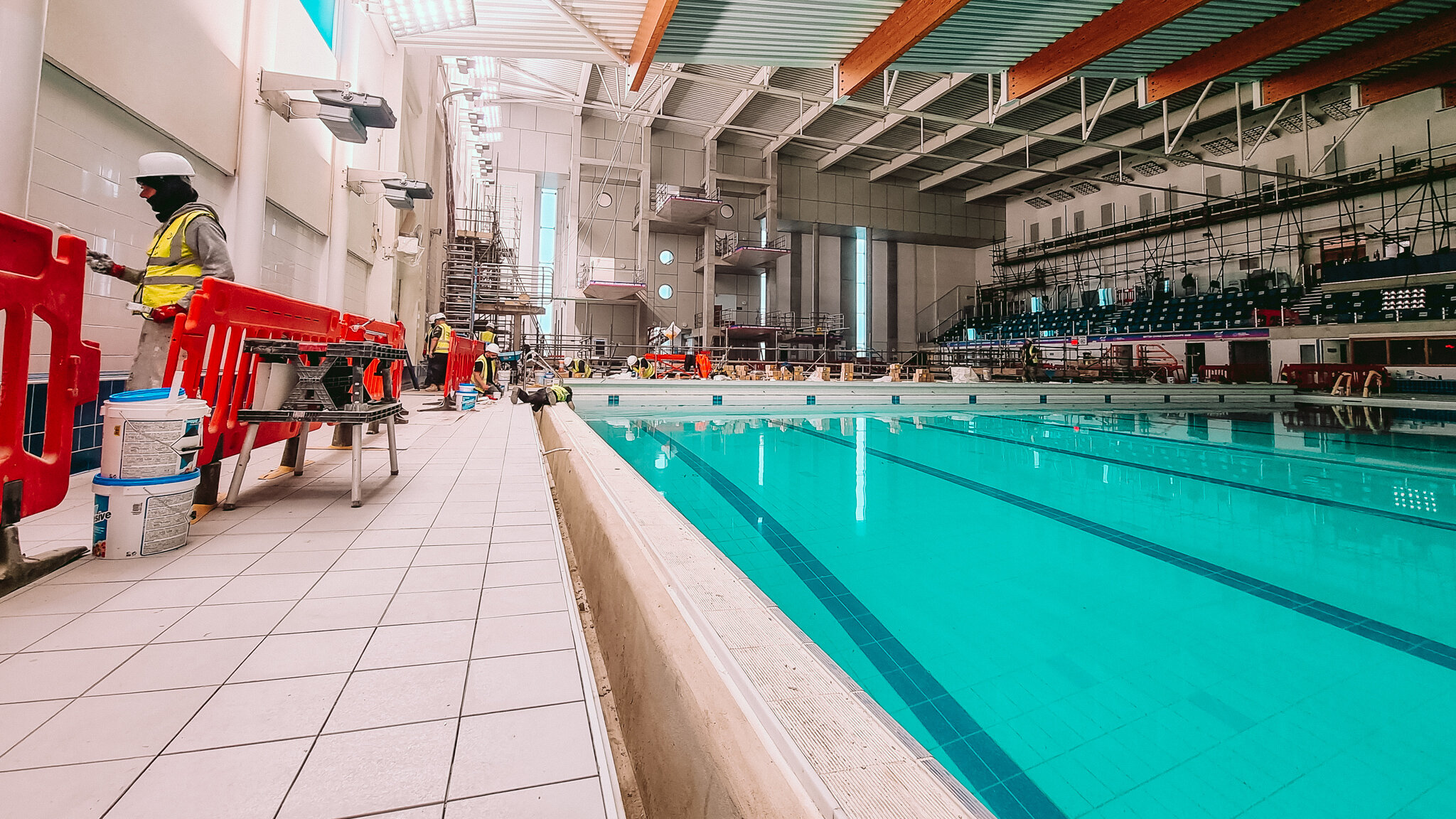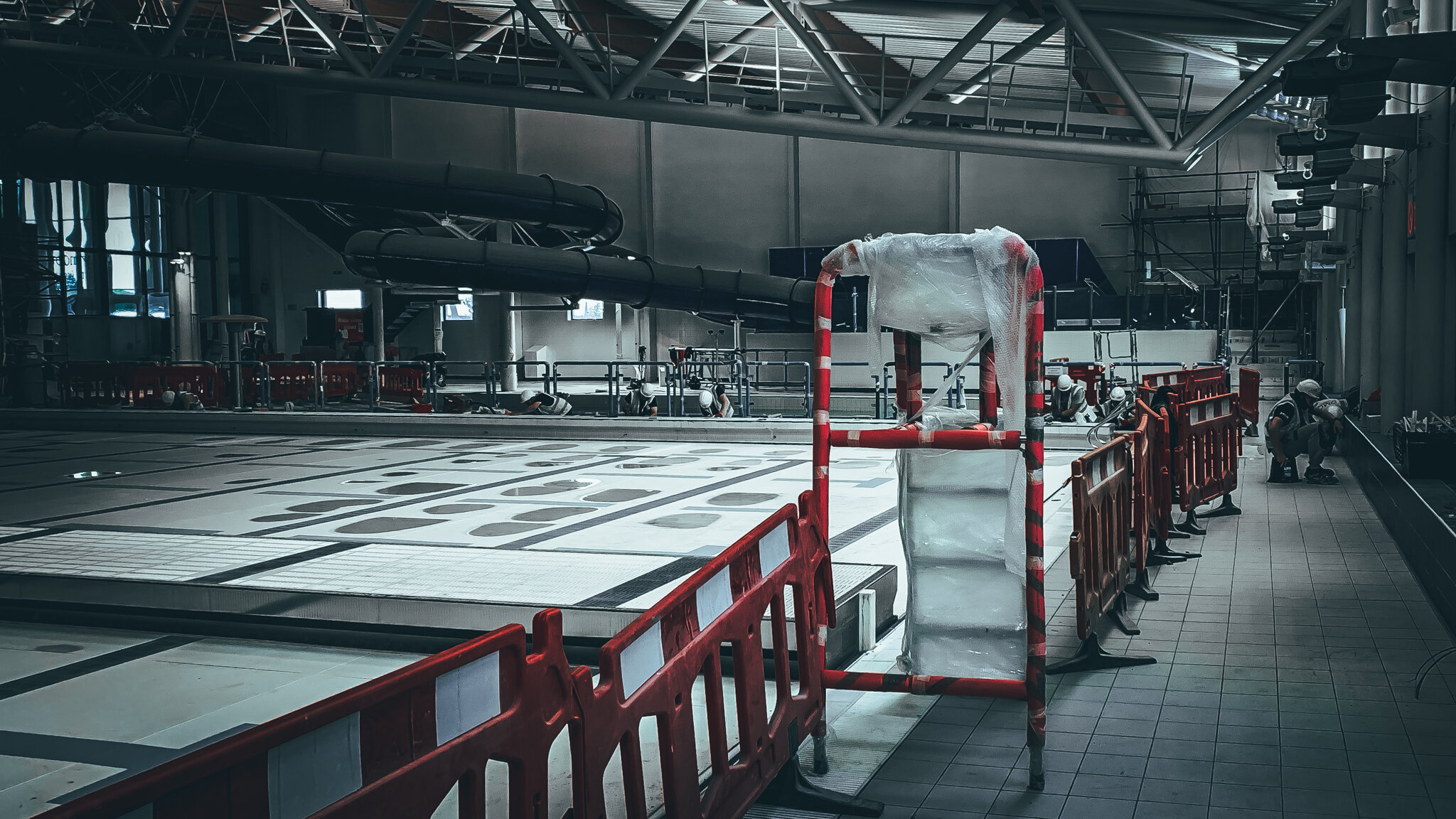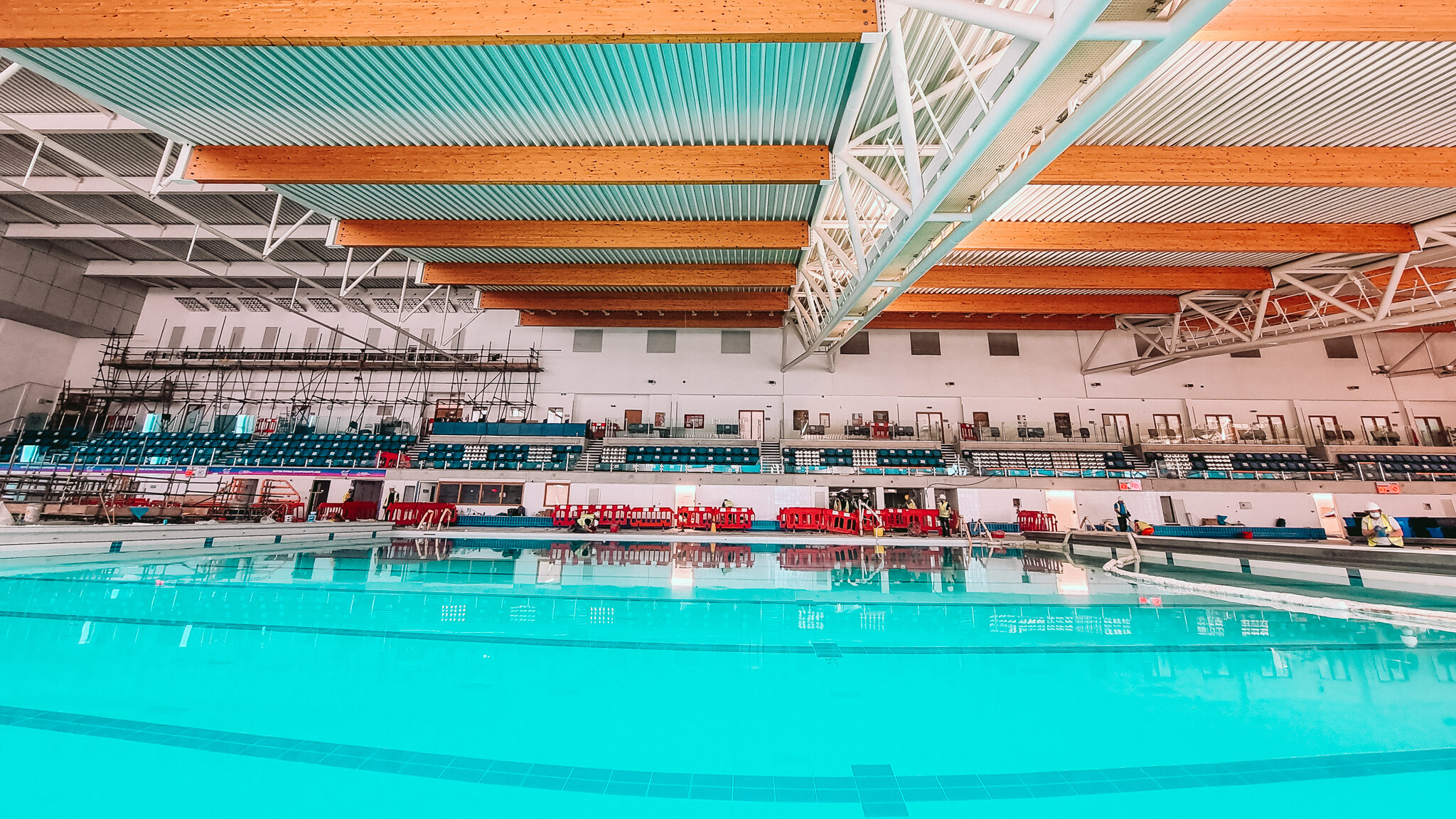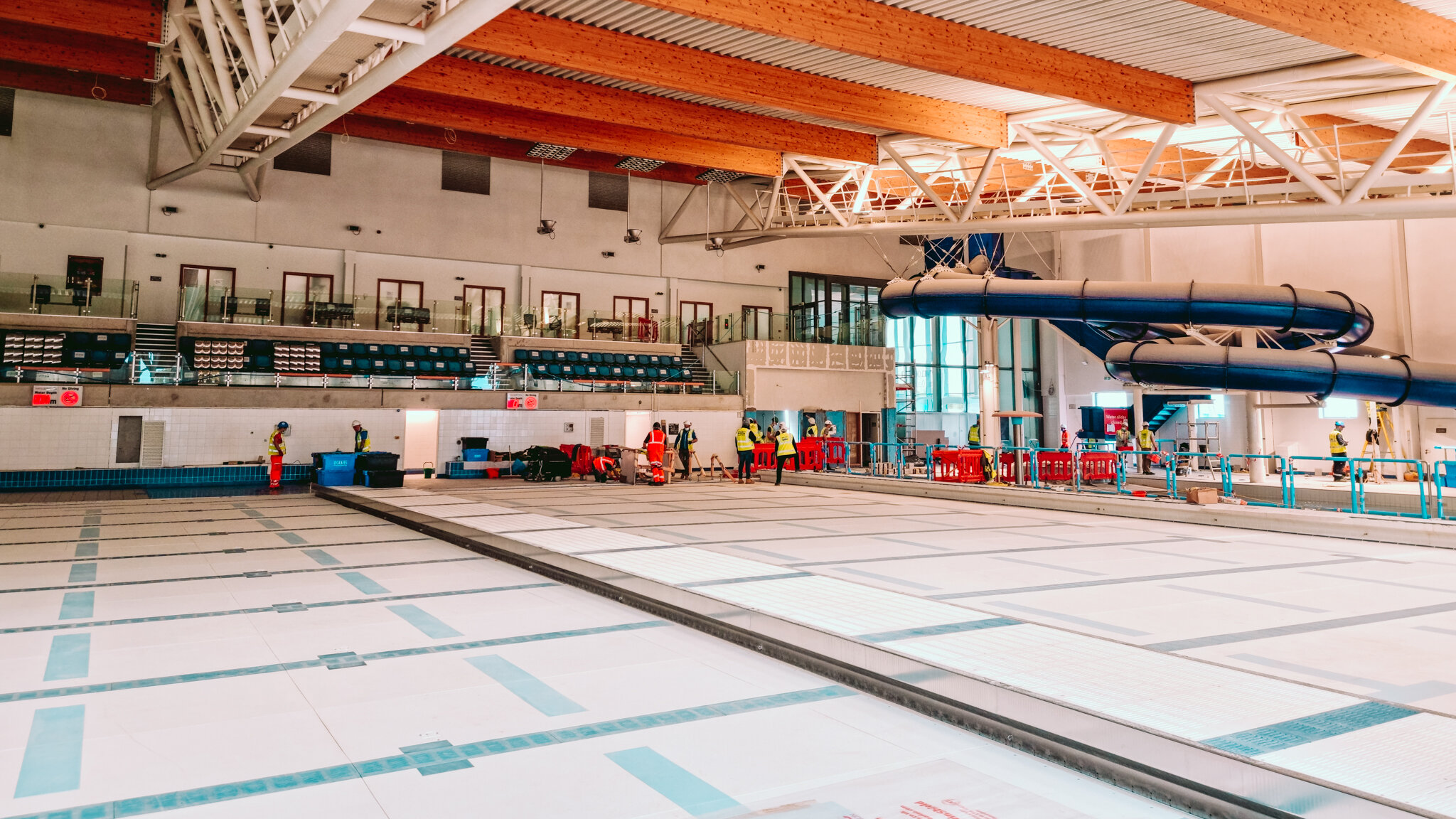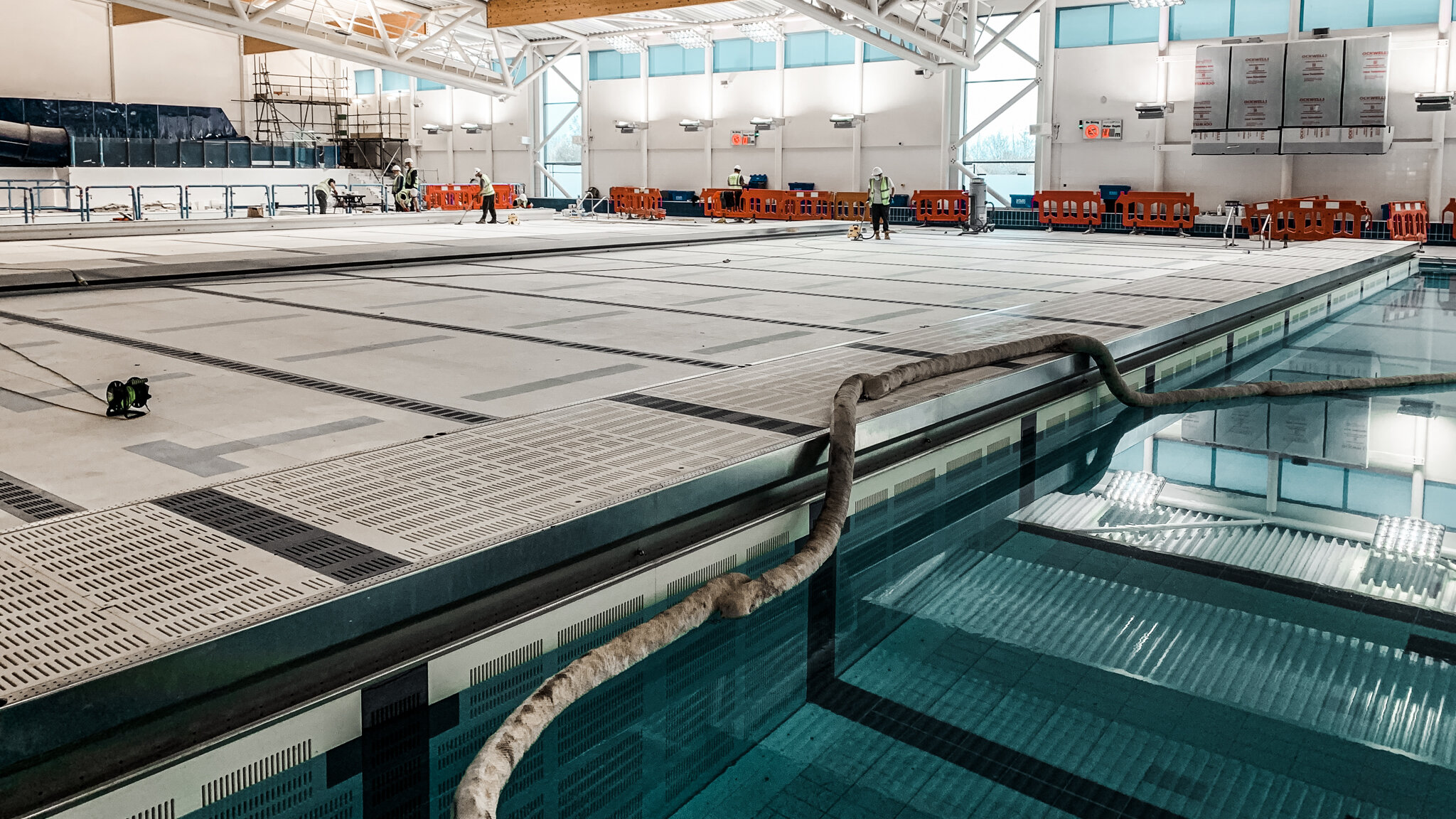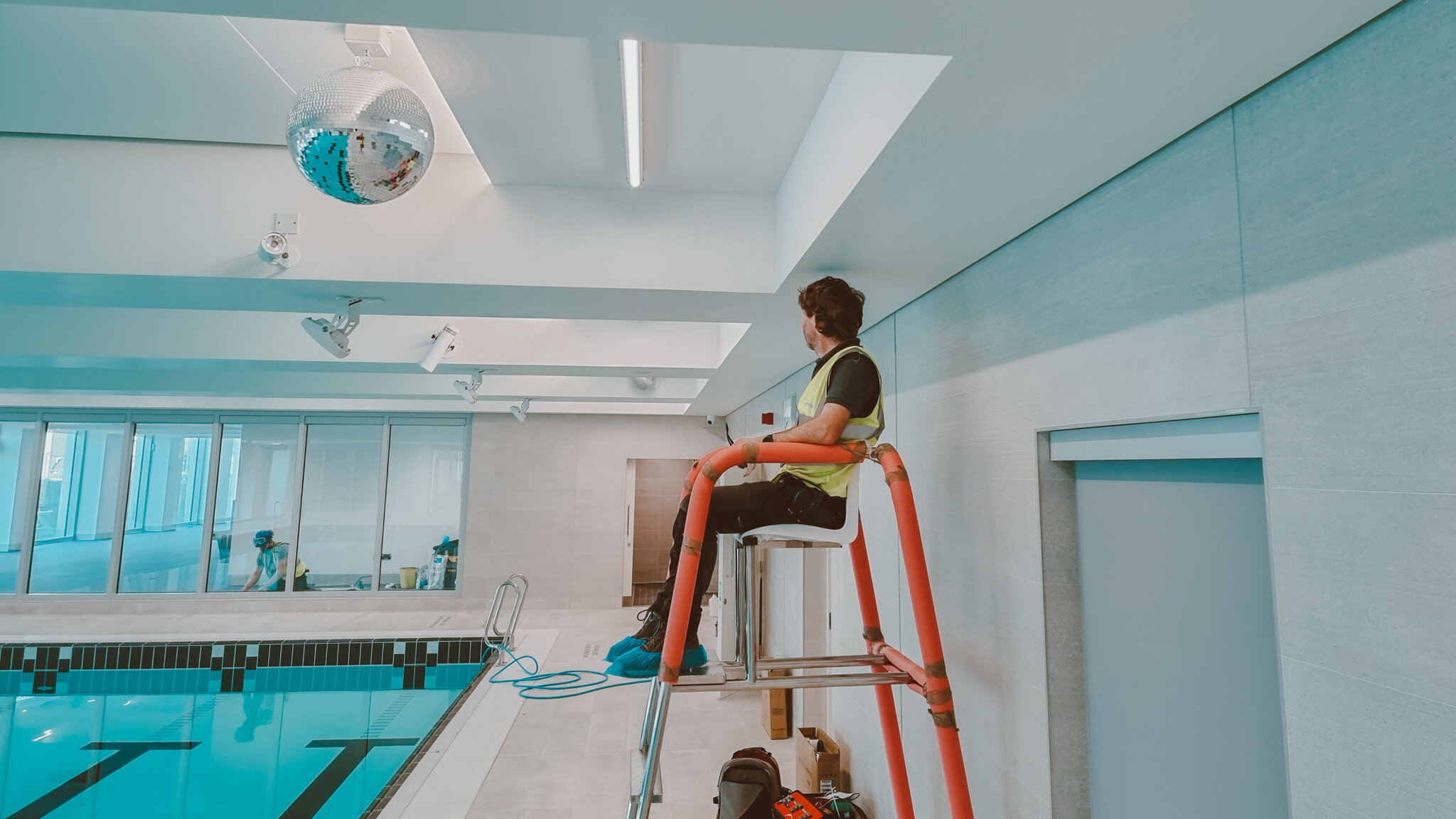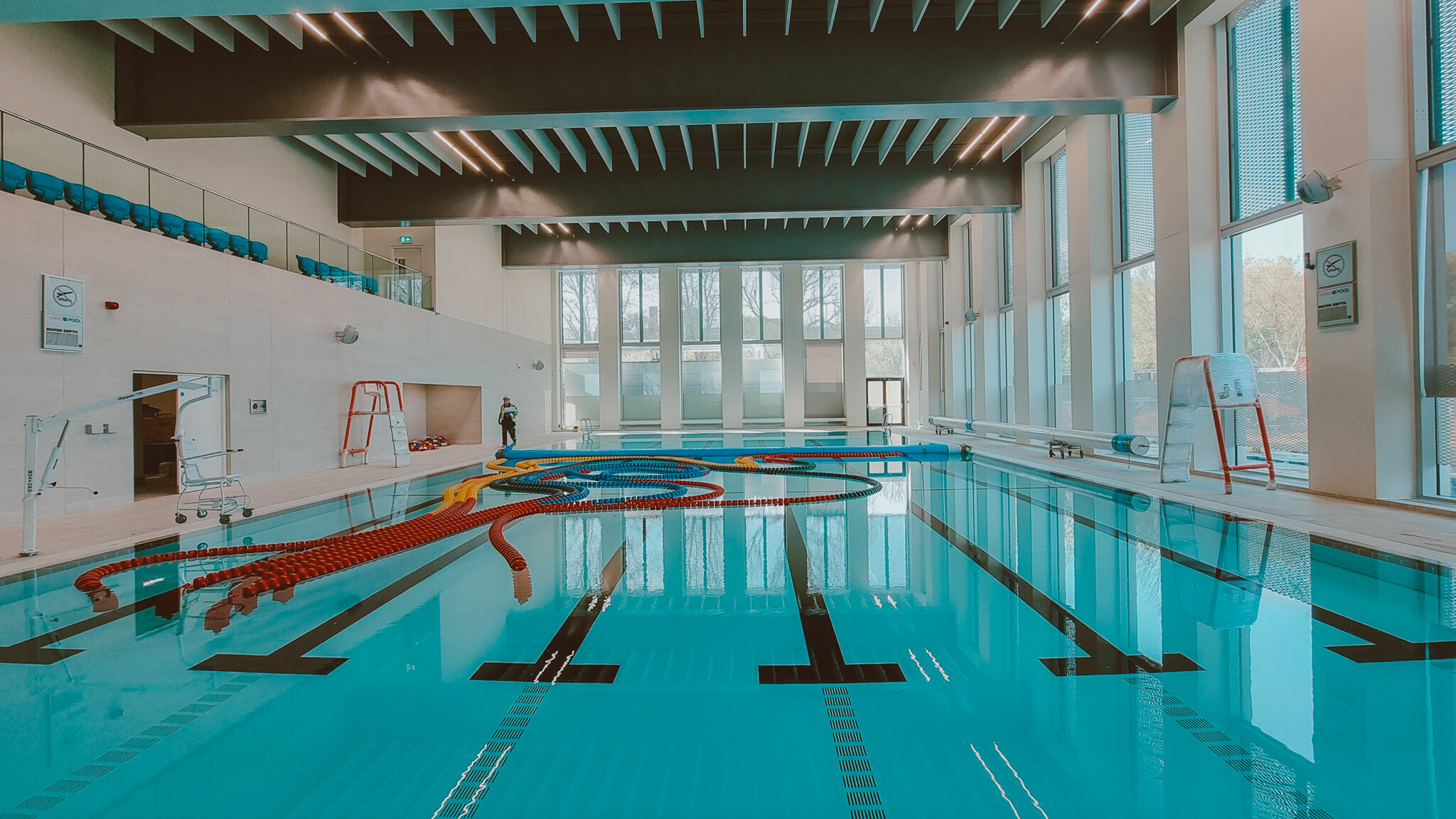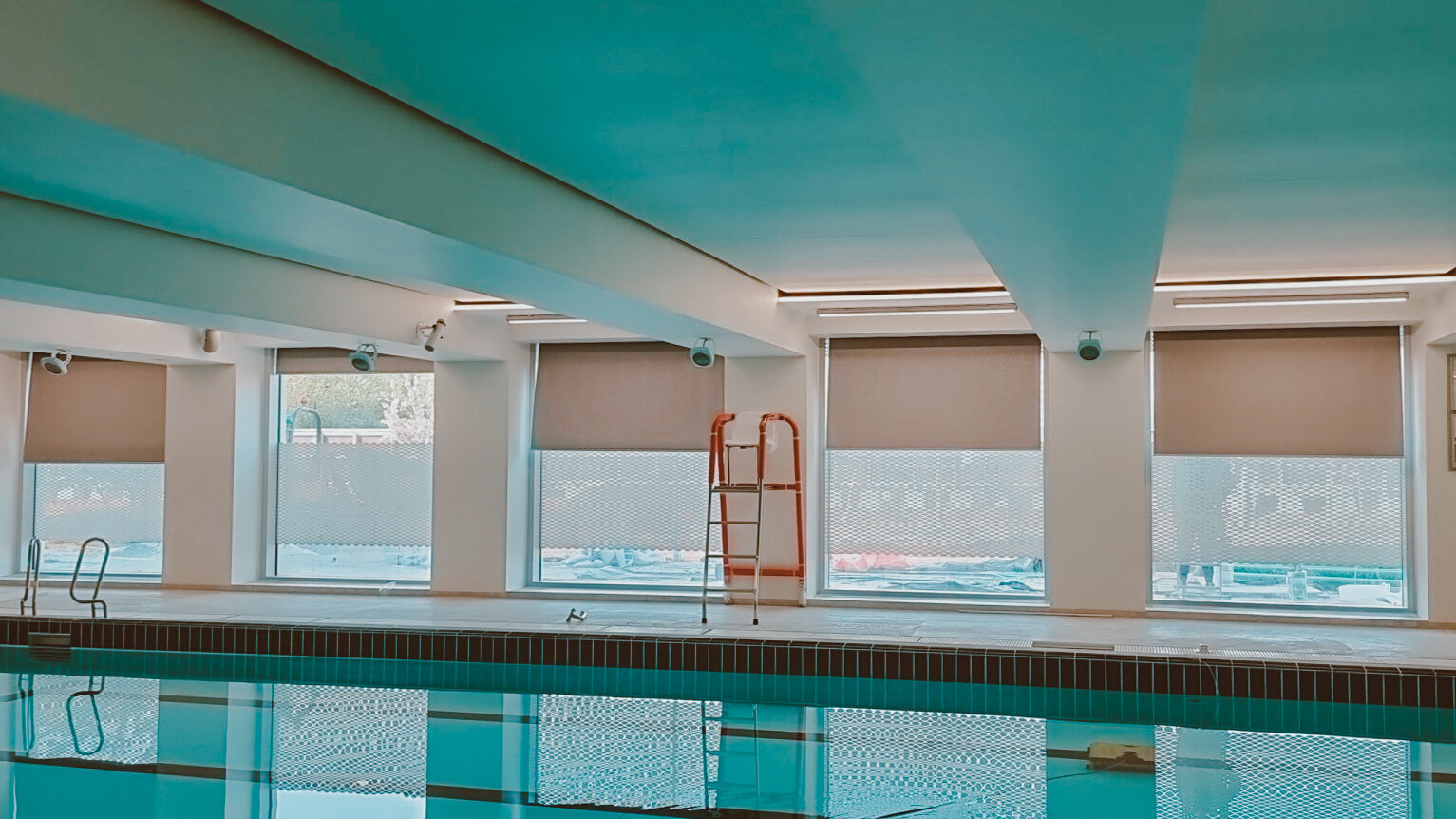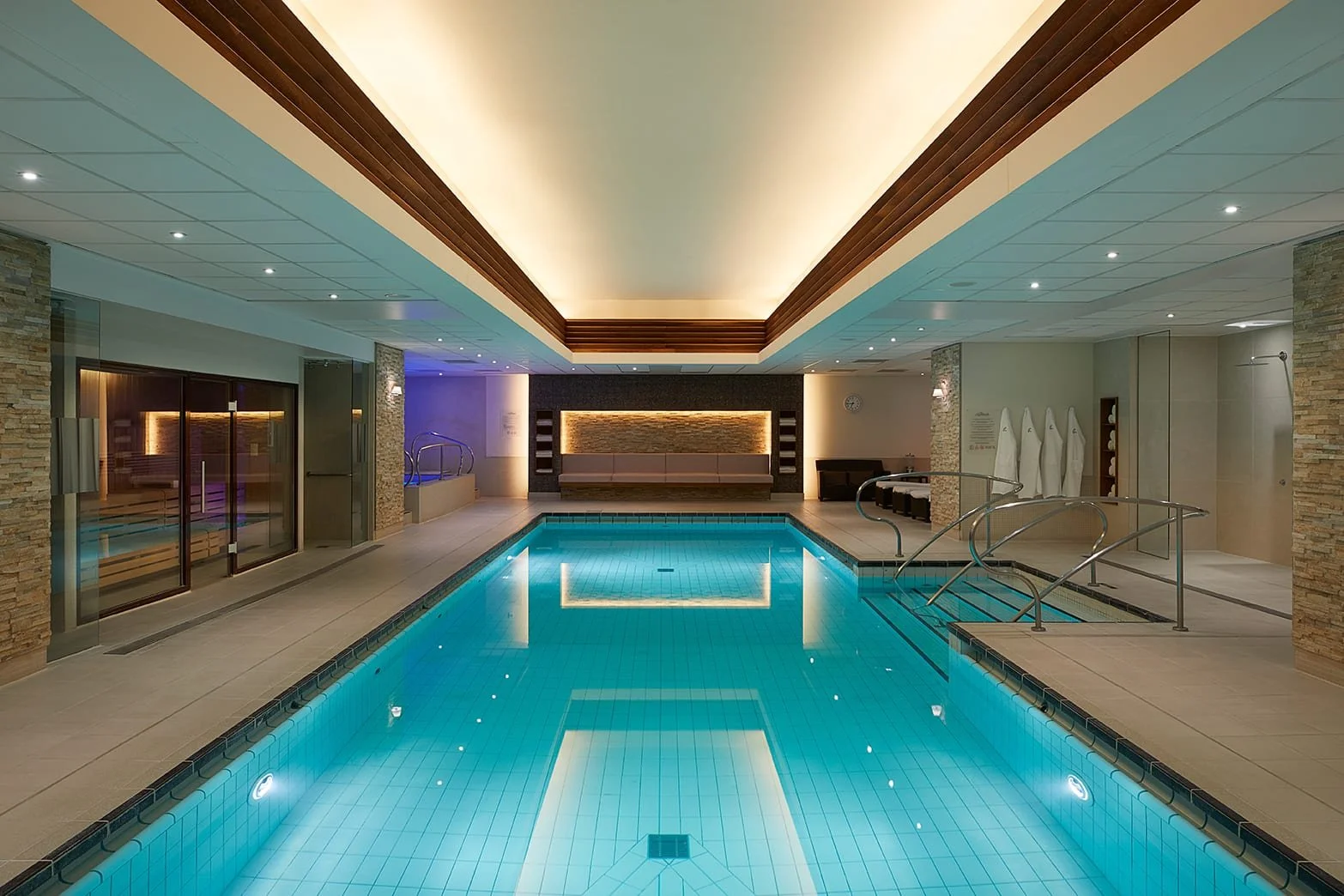For as long as humans have enjoyed the water, we’ve struggled with one unrelenting reality: drowning is silent, fast, and often tragically invisible. But thanks to decades of research, innovation, and collective effort, we’re finally beginning to shift that narrative, and automated monitoring and detection technology is playing a powerful role in that evolution.
The Global Picture
Drowning remains one of the leading causes of accidental death worldwide. According to the World Health Organization (WHO), approximately 300,000 people die from drowning every year globally. Children aged 1- 4 are particularly vulnerable, and swimming pools, while recreational centres of joy, can also pose hidden threats.
What's most alarming is that drowning rarely looks like the movies. Victims often slip below the surface without a splash or cry for help, and lifeguards may have just 20 seconds to detect and respond. That window is short. Fatally short.
The UK Context
Here in the UK, the statistics echo the concern. National Water Safety Forum figures show that around than 200 accidental drowning deaths occur annually in the UK. While open water is a major contributor, supervised swimming pools still present risks - particularly during busy periods, staffing transitions, or when visibility is compromised.
These facts pushed Poolview (and others in our sector) to ask: how can we strengthen supervision and speed up response times?
Enter Automated Monitoring and Drowning Detection
This is where technology steps in as a lifesaving ally. Poolview’s real-time monitoring systems use a combination of above and underwater cameras, capturing swimmer movement and behaviour with unmatched clarity. By feeding live footage to trained lifeguards and responders, our systems reduce guesswork and sharpen situational awareness.
Even more powerful is the integration of AI-driven behaviour detection. Poolview systems now use smart algorithms to flag abnormal movement patterns and push alerts instantly to responders. This isn’t about replacing lifeguards or responders. It’s about supporting their judgment with information that’s fast, accurate, and visual.
And yes, the UK leisure industry is listening. Many facilities have already adopted hybrid supervision models - what we call Blended Lifeguarding - to combine human vigilance with machine consistency. It’s making a measurable impact.
The Future: Smarter Systems, Better Understanding
So where do we go from here?
1. Education & public awareness
Most people don’t understand how these systems work, or assume tech means lifeguards are being phased out. Quite the opposite. The future lies in educating facilities, parents, and swimmers on the partnership between human and machine. The more people understand it, the more trust and support these systems will gain.
2. Smarter integration, not just more tech
Adding more cameras isn’t the end goal. What we’re moving towards is intelligent integration, systems that learn, adapt, and interface seamlessly with staffing patterns, pool designs, and emergency protocols. That means faster, more informed responses.
3. Better incident reporting and transparency
Technology gives us data. And data, when used well, helps facilities understand trends, staffing efficiency, and near-miss prevention. Expect future systems to link with reporting platforms to build richer insights, turning anecdotal lessons into structured action.
Final Thoughts
We’ve come a long way from relying solely on line-of-sight and whistles. Automated monitoring and detection systems (like the ones we install here at Poolview) are proof that when people and technology work together, lives are saved. It’s not about removing human judgment. It’s about giving it superpowers.






